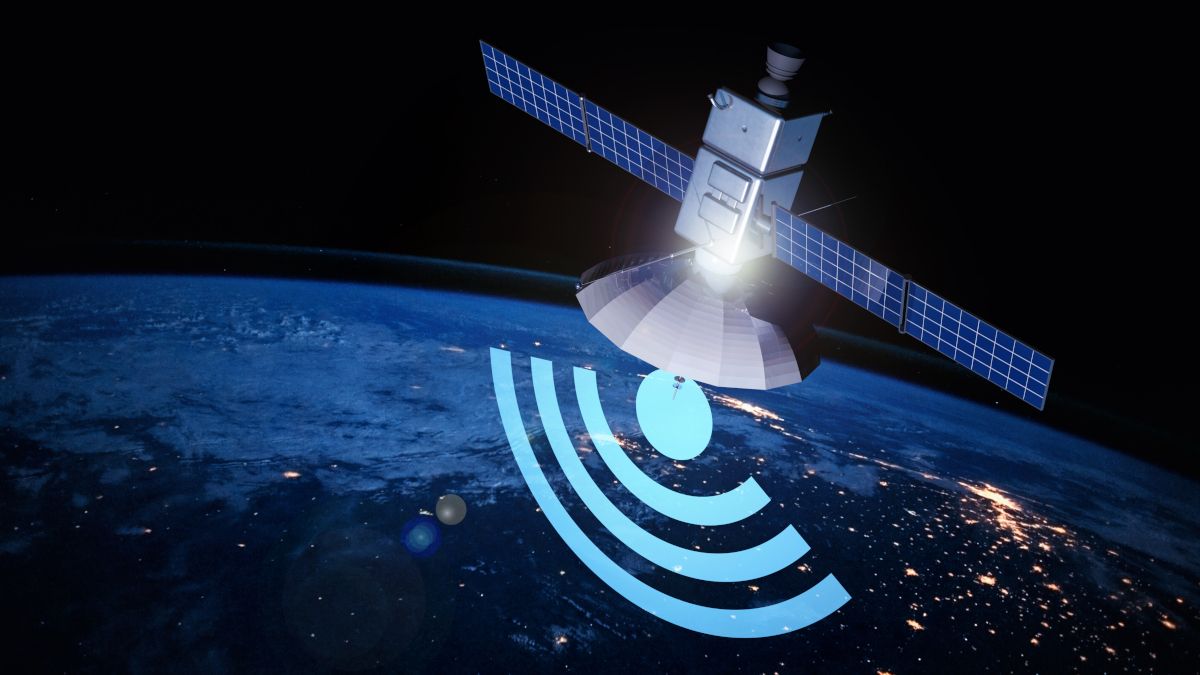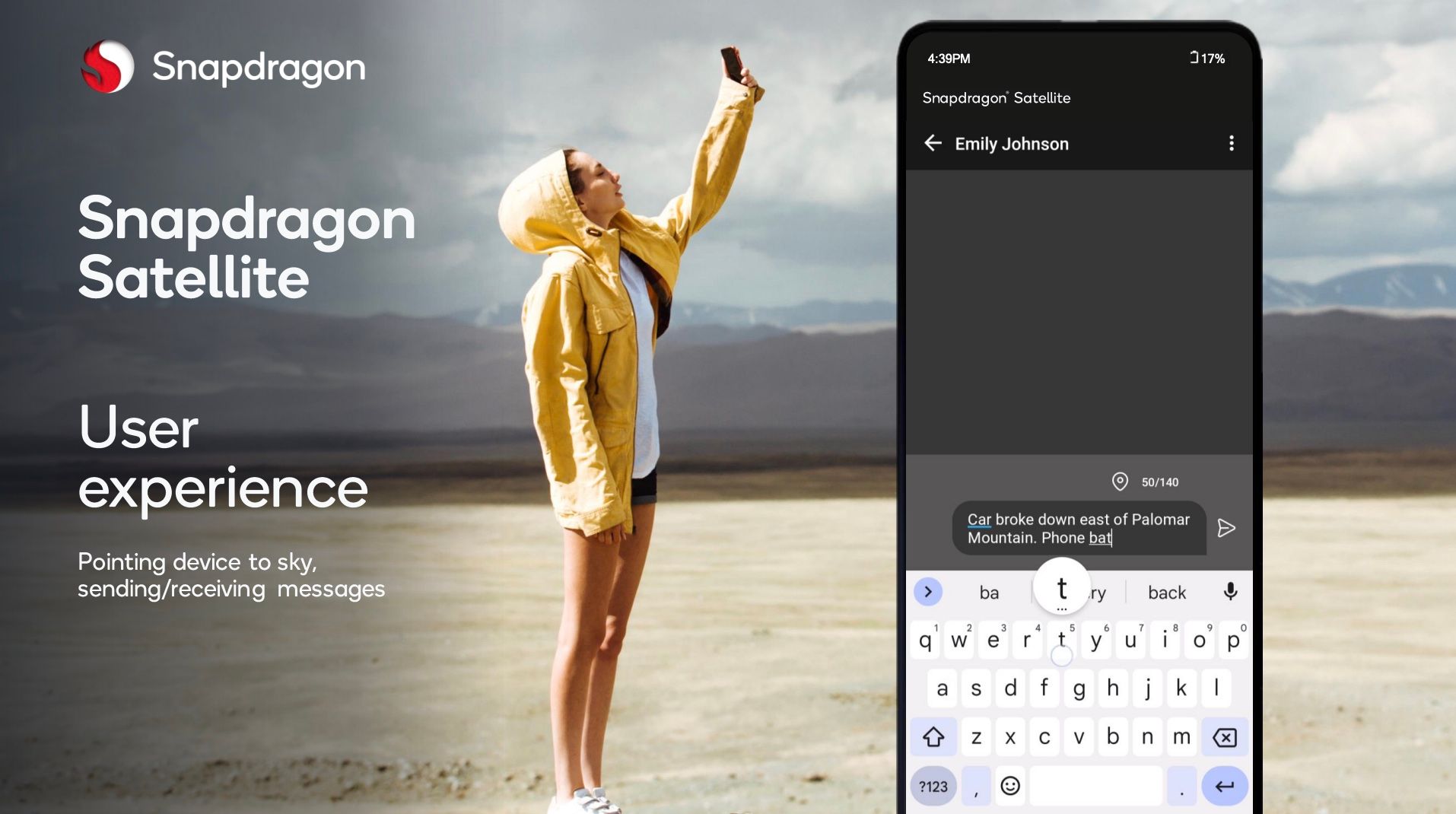Apple introduced Emergency SOS via satellite with the iPhone 14 series, allowing people to send emergency messages from areas without traditional cellular service. Qualcomm is working on more advanced satellite messaging, coming to Android phones, tablets, and maybe even laptops.
Qualcomm, the company behind the Snapdragon chipsets found in many Android phones (like the Galaxy S22 and OnePlus 10T), announced "Snapdragon Satellite" at CES 2023 today. It's advertised as the world's first two-way messaging system for premium smartphones, using a constellation of satellites in low-Earth orbit operated by Iridium Communications.
There are a few differences between Qualcomm's solution and the satellite SOS feature developed by Apple. First, Snapdragon Satellite is supposed to allow two-way communication, instead of the one-way emergency broadcasting on the iPhone 14. Qualcomm's system also isn't limited to emergency situations.
Those features mean it should be possible to have a normal text conversation using the satellites, but judging by the "check messages" button in the images provided by Qualcomm, replies have to be checked manually with the phone positioned towards the open sky. That means you won't get alerts for new texts in the middle of nowhere while your phone is in your pocket. Still, that's certainly better than no communication -- keeping in touch with friends and family while on a remote camping trip (or natural disaster) could be invaluable to many people.
The satellite network isn't just intended for phones, though. Qualcomm said in its announcement, " Snapdragon Satellite can expand to other devices, including laptops, tablets, vehicles and IoT. As the Snapdragon Satellite ecosystem grows, OEMs and app developers can differentiate and offer unique branded services taking advantage of satellite connectivity. Snapdragon Satellite is planned to support 5G Non-Terrestrial Networks (NTN), as NTN satellite infrastructure and constellations become available."
The main catch is that Snapdragon Satellite doesn't seem to be a complete package. Qualcomm says emergency messaging "is planned to be available on next-generation smartphones, launched in select regions starting in the second half of 2023," and will be developed in collaboration with Garmin. There's no confirmed timeline for regular non-emergency messaging, and we don't know availability or pricing. Apple offers two years of free satellite connectivity with every iPhone 14 purchase, and the company hasn't said how much the feature will cost after that.
It's great to see more progress on satellite connectivity, especially with T-Mobile and SpaceX trying to set up a similar system. We'll have to wait and see if Qualcomm can deliver, though.


